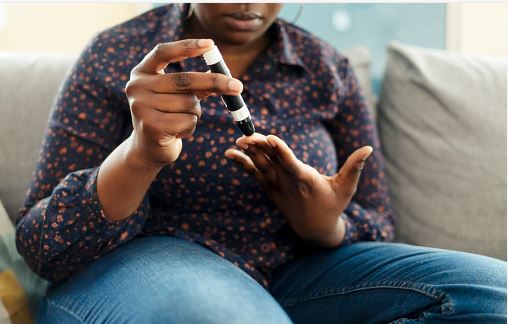Lifestyle
Here’s how the risk of diabetes grows as you age

Diabetes is one of the most common disorders in the elderly.
The diabetes prevalence in South Africa has reached 11.3%, the highest in Africa.
The country will also register an estimated 96,000 deaths due to diabetes in 2021, while the cost of diabetes-related health expenditure has risen to 1,700 USD per person, totalling an estimated 7.2 billion US
The risk factors for developing diabetes are – age, family history, obesity, low physical activity etc. since it is very common in the elderly, it is important to keep in mind the common signs and symptoms.
What are some early symptoms of diabetes?
What does diabetes treatment look like?
Treatment of this usually does not require Insulin but is treated with oral medicines. However, Insulin may be required in a severe uncontrolled state due to any reason.
How fatal can diabetes be as you age?
It is important to know that diabetes can cause a lot of complications in the elderly. These can be heart attacks, strokes, peripheral vascular diseases, Chronic renal failures, or blindness. So along with the treatment of diabetes, regular check ups are essential to monitor the control of diabetes, and keep a check on the development of complications. As you age, you are at high risk of diabetes induced symptoms and organ failure. With aging, the increasing insulin resistance and impaired pancreatic islet function decreases your life expectancy to 74 years.
What are some steps to stay in the safe range?
A regular 3 monthly HbA1c and a 6 monthly full body checkup are essential. The elderlies suffering from diabetes should also know that they should be regular with their meals. Very commonly they tend to develop a state of hypoglycemia ie when the blood sugar levels fall dangerously low. This may occur if they have taken the medicines or insulin and not taken their meal. This may cause giddiness, cold hands and feet, and loss of consciousness. This is an emergency and is important to identify as this can cause permanent brain damage. Just giving sugar by mouth improves the situation immediately.
Precautionary measures one must always take
It is important that elderly diabetics should carry some sugar or sweets every time as this can be life-saving. Along with medicines, regular exercise like walking and having a controlled diet is essential to keep control of the blood sugar levels. Daily walking for 45 minutes is found to be beneficial. Diet advice by trained nutritionists should be followed strictly. The elderlies should know that proper control of their blood sugar levels is essential for a healthy life.










